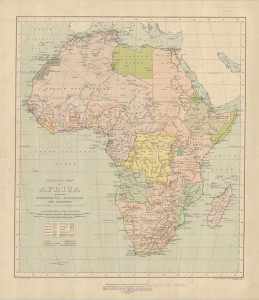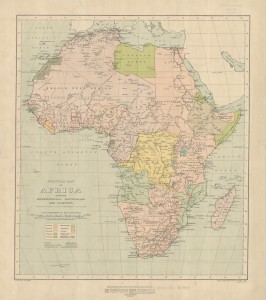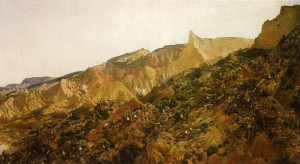
Like many people, I first heard And The Band Played Waltzing Matilda, from the mouth of Shane MacGowan as the final track on the Pogues’ 1985 album Rum, Sodomy and the Lash. It was a moving closer and a perfect fit for a record chock-full of classic folk songs both old and new. The only thing that struck me as odd about the song was the sheer volume of Australian references coming from an Anglo-Irish band. Of course, And The Band Played Waltzing Matilda wasn’t originally a Pogues song anyway. But nor was it written by an Australian.
Eric Bogle was born in Peebles, in the Scottish Borders, in 1944. He began writing and performing folk songs while living in Scotland and continued to do so after emigrating to Australia in 1969 where he earned a living as an accountant.
In 1971 Bogle saw an Anzac march for the first time, an event that, according to the singer ‘was not as well attended or accepted as it is now’. Back then, veterans of the Gallipoli campaign were still alive to participate in the parade but Bogle’s mind was drawn to the then-current conflict in Vietnam. Motivated to write an anti-war song, Bogle nevertheless chose to portray the events of 1915 as they loomed larger in the Australian mind. Besides, as Bogle points out, ‘it doesn’t matter what war you’re writing about – the end result is exactly the bloody same: lots of dead young blokes.’
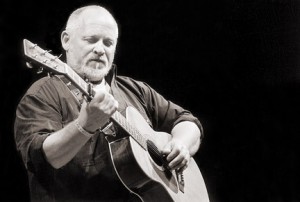
Bogle’s song, a first person biographical narrative that takes its character from living ‘the free life of a rover’ to the bloodstained sand and water of Gallipoli then back to Australia, maimed and forgotten, is a deliberate riposte to the romanticising of warfare. The protagonist is a young man who gets old very quickly and who ultimately cannot work out what the April crowds are marching for and who describes his fellow veterans as ‘the forgotten heroes of a forgotten war’.
This may have seemed likely in the early 1970s but in the decades that followed, Anzac Day, like its counterpart memorials in the UK, has grown in popular resonance. Now, in the centenary period, the Australian government will spend A$145m on commemorating the Australian involvement in the war. This weekend, 50,000 people are expected to attend the Dawn Service at the Australian War Memorial in Canberra while a service at Gallipoli itself will involve 10,500 people. In addition, a commemorative Red Poppy A$2 coin has been issued by the national mint. As with any aspect of the centenary, criticism and controversy are also in attendance, with some commentators complaining of ‘Anzac fatigue’ and others critical of attempts to commercialise the event.
Whatever your opinion of Anzac Day in 2015 -or any other year- what is certain is that it will not pass forgotten. Whether you intend to participate in a mass memorial event or just quietly consider the events of a century ago, you might find time to listen to the story of a fictional combatant performed in a song that also persists in the memory.
Here’s Eric Bogle…
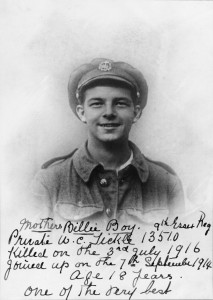 Recent years have seen a revolution in family history and amateur genealogy. The possibilities created by broadband internet, the digitisation of official and parish records and the advent of crowdsourcing have created an unprecedented boom in the pursuit of private histories. The popularity of programmes such as Who Do You Think You Are? testifies to the the mainstream success of this once esoteric hobby. It has given more people a basic grounding in historical enquiry, and has encouraged the development of skills such as research, paleography and metadata tagging. It also has led to the creation of mini-archives, comprising collections of documents, photographs, artefacts and secondary material such as family trees and published (traditionally and online) material.
Recent years have seen a revolution in family history and amateur genealogy. The possibilities created by broadband internet, the digitisation of official and parish records and the advent of crowdsourcing have created an unprecedented boom in the pursuit of private histories. The popularity of programmes such as Who Do You Think You Are? testifies to the the mainstream success of this once esoteric hobby. It has given more people a basic grounding in historical enquiry, and has encouraged the development of skills such as research, paleography and metadata tagging. It also has led to the creation of mini-archives, comprising collections of documents, photographs, artefacts and secondary material such as family trees and published (traditionally and online) material.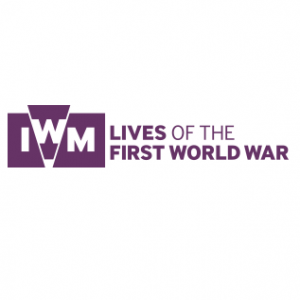 During the course of our project we have encountered people who have undertaken such research and who have gathered documents, photographs and other artefacts. They are often older members of the household who have embarked on their project in retirement and have been motivated to do so because they have a personal memory of some of the individuals concerned, assuming a combatant birth year range of c1868-1902. As this generation ages, we will encounter a ‘succession problem’ of what to do with such collections that are too small and/or esoteric to be absorbed into mainstream collections. A related issue is the atomised nature of these items. They reside in spare rooms, on living room walls and in attics and could be hiding information useful to professional historians. These archives, a combination of documentary information and material artefacts are of intense personal value to the people who have carefully curated them. But they have other value too. They are of use to professional historians who can use them in aggregate to build a picture of the social past.
During the course of our project we have encountered people who have undertaken such research and who have gathered documents, photographs and other artefacts. They are often older members of the household who have embarked on their project in retirement and have been motivated to do so because they have a personal memory of some of the individuals concerned, assuming a combatant birth year range of c1868-1902. As this generation ages, we will encounter a ‘succession problem’ of what to do with such collections that are too small and/or esoteric to be absorbed into mainstream collections. A related issue is the atomised nature of these items. They reside in spare rooms, on living room walls and in attics and could be hiding information useful to professional historians. These archives, a combination of documentary information and material artefacts are of intense personal value to the people who have carefully curated them. But they have other value too. They are of use to professional historians who can use them in aggregate to build a picture of the social past.